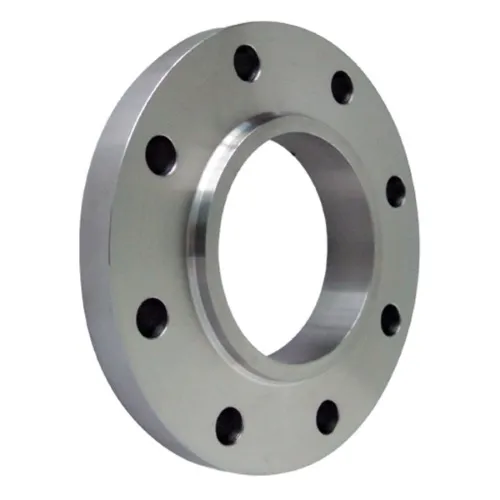-
Cangzhou Yulong Steel Co., Ltd.
-
Phone:
+86 13303177267 -
Email:
admin@ylsteelfittings.com
- English
- Arabic
- Italian
- Spanish
- Portuguese
- German
- kazakh
- Persian
- Greek
- French
- Russian
- Polish
- Thai
- Indonesian
- Vietnamese
- Zulu
- Korean
- Uzbek
- Hindi
- Serbian
- Malay
- Ukrainian
- Gujarati
- Haitian Creole
- hausa
- hawaiian
- Hebrew
- Miao
- Hungarian
- Icelandic
- igbo
- irish
- Japanese
- Javanese
- Kannada
- Khmer
- Rwandese
- Afrikaans
- Albanian
- Amharic
- Armenian
- Azerbaijani
- Basque
- Belarusian
- Bengali
- Bosnian
- Bulgarian
- Catalan
- Cebuano
- China
- China (Taiwan)
- Corsican
- Croatian
- Czech
- Danish
- Esperanto
- Estonian
- Finnish
- Frisian
- Galician
- Georgian
- Kurdish
- Kyrgyz
- Lao
- Latin
- Latvian
- Lithuanian
- Luxembourgish
- Macedonian
- Malgashi
- Malayalam
- Maltese
- Maori
- Marathi
- Mongolian
- Myanmar
- Nepali
- Norwegian
- Norwegian
- Occitan
- Pashto
- Dutch
- Punjabi
- Romanian
- Samoan
- Scottish Gaelic
- Sesotho
- Shona
- Sindhi
- Sinhala
- Slovak
- Slovenian
- Somali
- Sundanese
- Swahili
- Swedish
- Tagalog
- Tajik
- Tamil
- Tatar
- Telugu
- Turkish
- Turkmen
- Urdu
- Uighur
- Welsh
- Bantu
- Yiddish
- Yoruba

Nov . 27, 2024 13:13 Back to list
Dimensions and Specifications of EN 1092-1 Flanges for Industrial Applications
Understanding Flange EN 1092-1 Dimensions A Comprehensive Guide
Flanges play a crucial role in piping systems, providing a reliable and secure means of connection between different components. The EN 1092-1 standard outlines the specifications and dimensions for flange connections commonly used in Europe. This article aims to provide an in-depth understanding of flange EN 1092-1 dimensions, highlighting their significance in various applications within industrial, commercial, and municipal sectors.
What is EN 1092-1?
EN 1092-1 is a European standard that specifies the requirements for circular flanges made of metallic materials. It includes guidelines on the dimensions, testing, marking, and tolerances for flanges that are to be welded to pipes, fittings, valves, and other equipment. The standard is essential for ensuring compatibility between various components in a piping system, promoting safety and efficiency.
Types of Flanges
The EN 1092-1 standard defines several types of flanges, each designed for specific applications
1. Type 01 (Flat Flange) This is the most common type, characterized by a flat sealing surface. It is used extensively in pressure applications. 2. Type 02 (Raised Face Flange) This type features a raised area, which increases the contact area and improves sealing. It is particularly useful in high-pressure systems.
4. Type 04 (Recessed Flange) This flange has a recessed sealing area that helps accommodate the gasket, providing a secure connection and reducing the chances of leaks.
flange en 1092 1 dimensions

Dimensions of EN 1092-1 Flanges
The dimensions specified in EN 1092-1 are critical for ensuring the correct fit and compatibility between connected components. The key dimensions include
- Nominal Diameter (DN) This is the diameter of the pipe that the flange will be connected to, typically expressed in millimeters. - Bolt Circle Diameter (d1) This dimension indicates the diameter of the circle formed by the centers of the bolts used to secure the flange. - Number of Bolts (n) The standard specifies the number of bolt holes for various flange sizes, ensuring a secure connection. - Bolt Hole Diameter (d2) It is the diameter of the bolt hole, which needs to be appropriately sized to accommodate the bolts. - Thickness (t) The standard specifies the thickness of the flange, which is important for pressure ratings and mechanical strength. - Gasket Surface (L) The surface that comes in contact with the gasket is crucial for sealing, and its dimensions are specified to ensure compatibility with various gasket types.
Importance of Accurate Dimensions
Precision in flange dimensions is of utmost importance. Incorrectly sized flanges can lead to leaks, equipment failures, and safety hazards in piping systems. Flanges must adhere to the EN 1092-1 standard to ensure that they can withstand the required operating pressures and temperatures, particularly in industries such as oil and gas, chemical processing, and water treatment.
Conclusion
Flange EN 1092-1 dimensions are vital not only for ensuring the integrity of piping systems but also for complying with industry standards that promote safety and reliability. Understanding these dimensions helps engineers and technicians make informed decisions regarding the selection and installation of flanges in various applications. By adhering to the specifications laid out in the EN 1092-1 standard, industries can ensure that their piping systems operate efficiently and safely, minimizing the risk of failure and costly downtime.
In summary, the EN 1092-1 standard provides a comprehensive framework for flange dimensions, ultimately contributing to the overall effectiveness and safety of piping systems across various sectors. As industries continue to evolve, the importance of adhering to these standards will remain paramount in achieving operational excellence.
Latest news
-
ANSI 150P SS304 SO FLANGE
NewsFeb.14,2025
-
ASTM A333GR6 STEEL PIPE
NewsJan.20,2025
-
ANSI B16.5 WELDING NECK FLANGE
NewsJan.15,2026
-
ANSI B16.5 SLIP-ON FLANGE
NewsApr.19,2024
-
SABS 1123 FLANGE
NewsJan.15,2025
-
DIN86044 PLATE FLANGE
NewsApr.19,2024
-
DIN2527 BLIND FLANGE
NewsApr.12,2024
-
JIS B2311 Butt-Welding Fittings LR/SR 45°/90° /180°Seamless/Weld
NewsApr.23,2024











